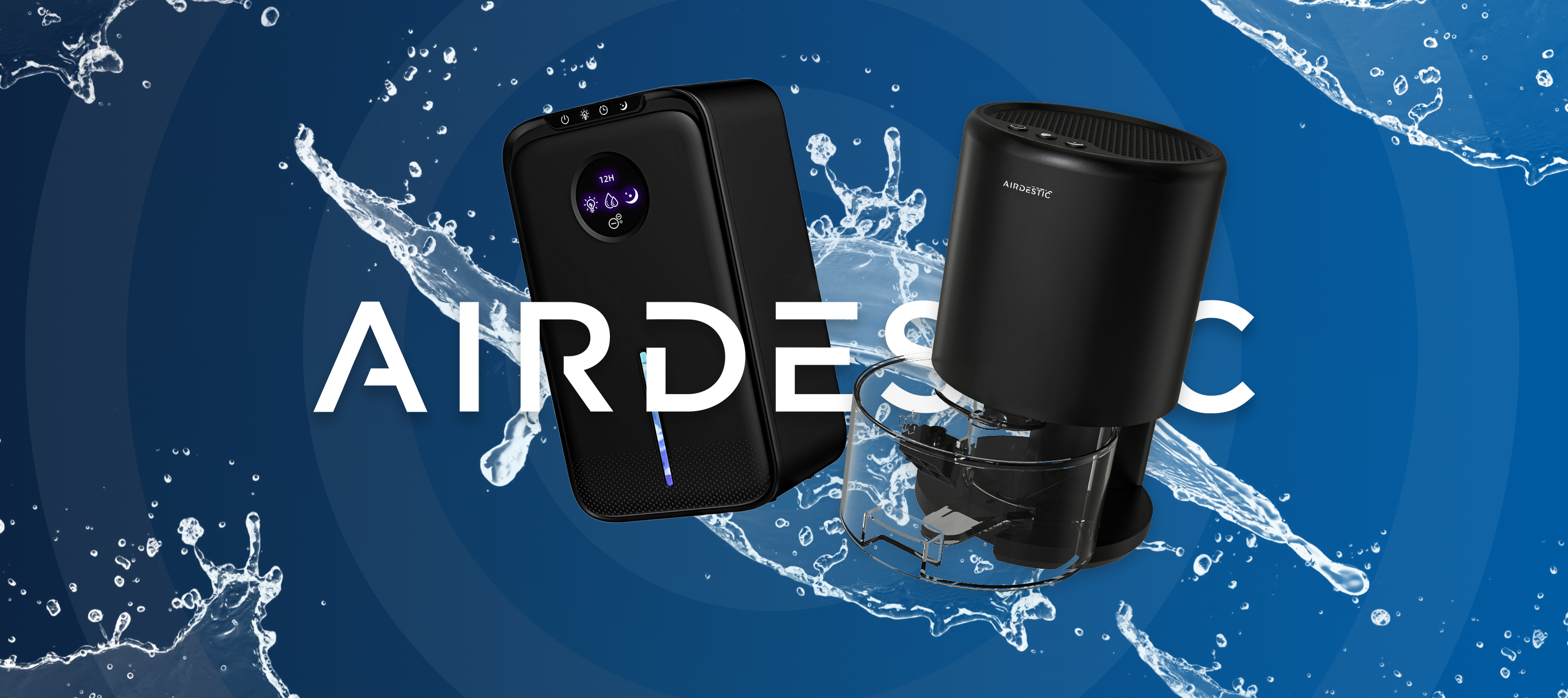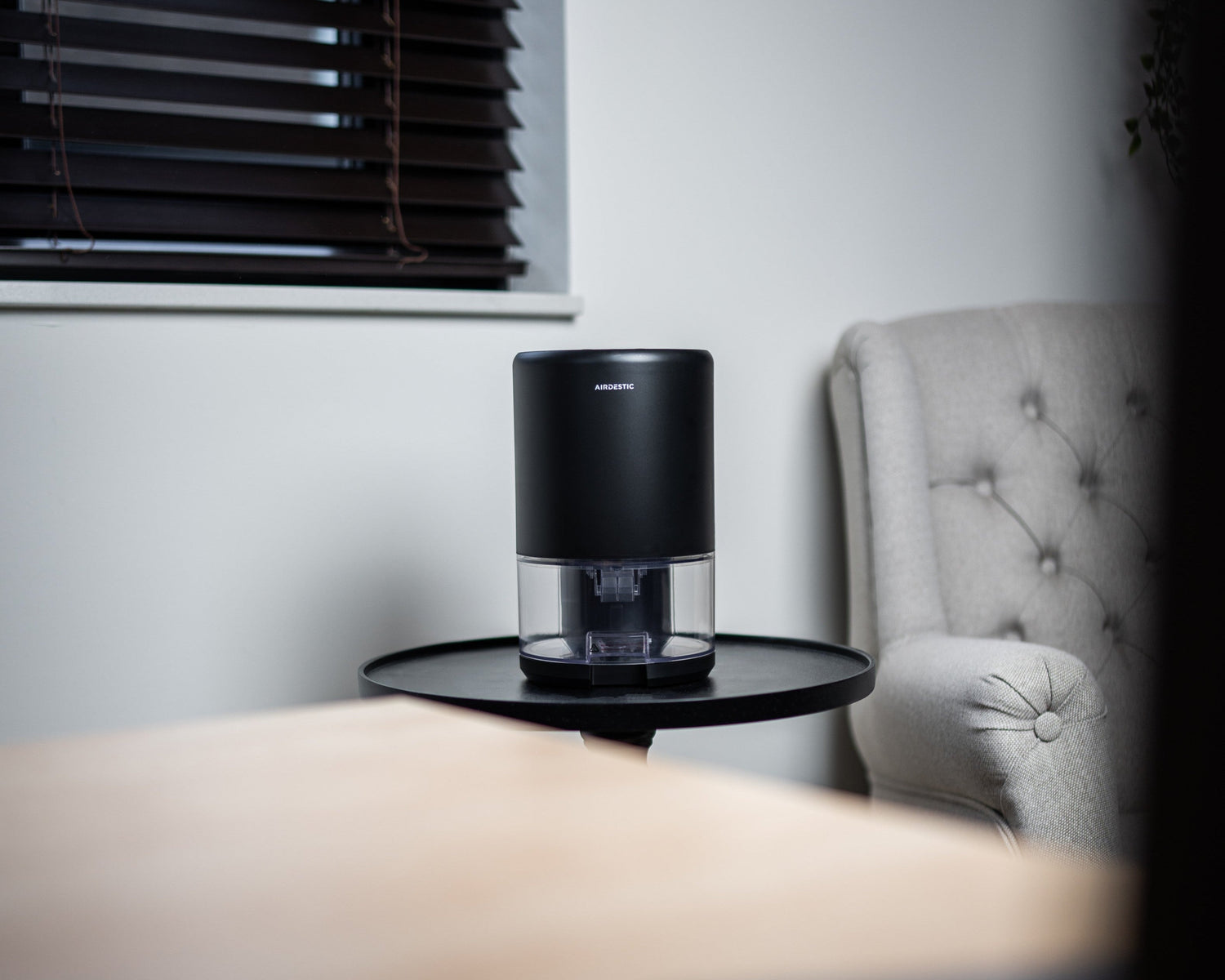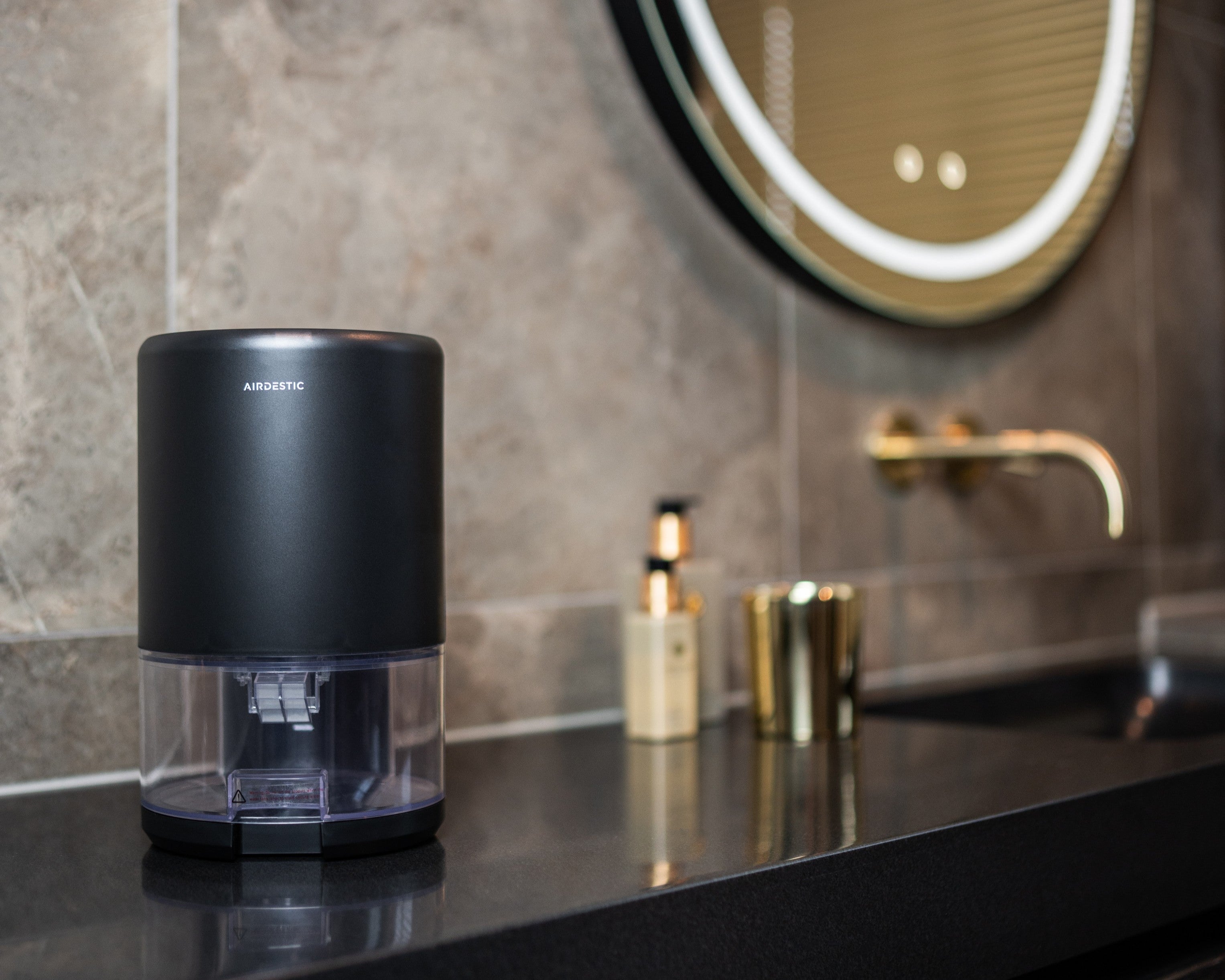How do you prevent mold with a dehumidifier?
Mold in the home is often a serious problem, especially in humid climates. It not only affects the aesthetics of your home, but can also be harmful to your health. An effective method to prevent mold formation is to use a dehumidifier. In this article, we discuss how a dehumidifier can help prevent mold and why it is an essential addition to your indoor space.
What is mold and why is it a problem?
Mold, also known as mold spores, are microscopic organisms found everywhere in nature, including in the air we breathe. They thrive in moist environments and spread quickly in warm and humid areas. Mold can adhere to various surfaces, such as walls, ceilings, wood and textiles. This can lead to unpleasant odors, structural damage to your home and, most importantly, health problems such as allergies, respiratory problems and skin and eye irritation.
How can a dehumidifier help?
A dehumidifier is an electronic device that removes moisture from the air, reducing the humidity in a room. This is crucial to prevent mold formation, as mold thrives in high humidity. Here are some ways a dehumidifier can help:
1. Regulation of humidity: A dehumidifier helps maintain optimal humidity levels in your home. Excessive humidity is reduced, which hinders the growth of mold.
2. Removal of excess moisture: In humid environments, such as living rooms, bathrooms and basements, a dehumidifier can remove excess moisture from the air. This prevents mold from spreading and adhering to surfaces.
3 . Improving air quality: By reducing moisture and mold in the air, a dehumidifier contributes to cleaner and healthier air. This is especially beneficial for people with respiratory problems and allergies.
How do you use a dehumidifier effectively?
To get the most out of a dehumidifier, there are some important steps you can take:
- Placement of the dehumidifier: Place the dehumidifier in strategic locations in your home, especially in areas with an increased risk of moisture problems, such as the living room, bathroom, kitchen or basement.
- Dehumidifier maintenance: Provide regular maintenance, including emptying the water tank and cleaning the dehumidifier according to the manufacturer's instructions.
- Optimal settings: Set the dehumidifier to the right humidity level for your home. In general, a humidity of about 40-50% is recommended to prevent mold growth.
Tips to prevent mold in addition to a dehumidifier
In addition to using a dehumidifier, there are some other measures you can take to prevent mold growth in your home:
1. Ventilation: Ensure adequate ventilation in your home, especially in areas such as the bathroom and kitchen. Leave windows open or use fans to reduce moisture.
2. Dry wet surfaces: Dry wet surfaces as quickly as possible to prevent moisture from building up and promoting mold growth.
3. Leak repair: Fix any leaks in the roof, pipes or walls quickly, because damp places are ideal breeding grounds for mold.
4. Use moisture-resistant materials: When building or renovating your home, choose moisture-resistant materials to reduce the risk of mold formation.
Finally
Mold growth in the home is a serious problem that can not only cause aesthetic damage, but can also be harmful to your health. Using a dehumidifier is an effective and efficient way to prevent mold growth. By regulating humidity and removing excess moisture, a dehumidifier contributes to a healthy and clean living environment. Take the right steps, including installing and maintaining the dehumidifier, and combine these with other preventative measures to keep your home mold-free.
Mold in the home is often a serious problem, especially in humid climates. It not only affects the aesthetics of your home, but can also be harmful to your health. An effective method to prevent mold formation is to use a dehumidifier. In this article, we discuss how a dehumidifier can help prevent mold and why it is an essential addition to your indoor space.
What is mold and why is it a problem?
Mold, also known as mold spores, are microscopic organisms found everywhere in nature, including in the air we breathe. They thrive in moist environments and spread quickly in warm and humid areas. Mold can adhere to various surfaces, such as walls, ceilings, wood and textiles. This can lead to unpleasant odors, structural damage to your home and, most importantly, health problems such as allergies, respiratory problems and skin and eye irritation.
How can a dehumidifier help?
A dehumidifier is an electronic device that removes moisture from the air, reducing the humidity in a room. This is crucial to prevent mold formation, as mold thrives in high humidity. Here are some ways a dehumidifier can help:
1. Regulation of humidity: A dehumidifier helps maintain optimal humidity levels in your home. Excessive humidity is reduced, which hinders the growth of mold.
2. Removal of excess moisture: In humid environments, such as living rooms, bathrooms and basements, a dehumidifier can remove excess moisture from the air. This prevents mold from spreading and adhering to surfaces.
3 . Improving air quality: By reducing moisture and mold in the air, a dehumidifier contributes to cleaner and healthier air. This is especially beneficial for people with respiratory problems and allergies.
How do you use a dehumidifier effectively?
To get the most out of a dehumidifier, there are some important steps you can take:
- Placement of the dehumidifier: Place the dehumidifier in strategic locations in your home, especially in areas with an increased risk of moisture problems, such as the living room, bathroom, kitchen or basement.
- Dehumidifier maintenance: Provide regular maintenance, including emptying the water tank and cleaning the dehumidifier according to the manufacturer's instructions.
- Optimal settings: Set the dehumidifier to the right humidity level for your home. In general, a humidity of about 40-50% is recommended to prevent mold growth.
Tips to prevent mold in addition to a dehumidifier
In addition to using a dehumidifier, there are some other measures you can take to prevent mold growth in your home:
1. Ventilation: Ensure adequate ventilation in your home, especially in areas such as the bathroom and kitchen. Leave windows open or use fans to reduce moisture.
2. Dry wet surfaces: Dry wet surfaces as quickly as possible to prevent moisture from building up and promoting mold growth.
3. Leak repair: Fix any leaks in the roof, pipes or walls quickly, because damp places are ideal breeding grounds for mold.
4. Use moisture-resistant materials: When building or renovating your home, choose moisture-resistant materials to reduce the risk of mold formation.
Finally
Mold growth in the home is a serious problem that can not only cause aesthetic damage, but can also be harmful to your health. Using a dehumidifier is an effective and efficient way to prevent mold growth. By regulating humidity and removing excess moisture, a dehumidifier contributes to a healthy and clean living environment. Take the right steps, including installing and maintaining the dehumidifier, and combine these with other preventative measures to keep your home mold-free.




Leave a comment
This site is protected by hCaptcha and the hCaptcha Privacy Policy and Terms of Service apply.